I'm pretty new to image processing and python so bear with me
I'm trying to take a big image (5632x2048) which is basically a map of the world with provinces (ripped from Hearts of Iron 4), and each province is colored a different RGB value, and color it with a set of colors, each corresponding to a certain country. I'm currently using this code
import numpy as np
import cv2
import sqlite3
dbPath = 'PATH TO DB'
dirPath = 'PATH TO IMAGE'
con = sqlite3.connect(dbPath)
cur = con.cursor()
im = cv2.imread(dirPath)
cur.execute('SELECT * FROM Provinces ORDER BY id')
provinceTable = cur.fetchall()
for line in provinceTable:
input_rgb = [line[1], line[2], line[3]]
if line[7] == None:
output_rgb = [255,255,255]
else:
output_rgb = line[7].replace('[', '').replace(']','').split(',')
im[np.all(im == (int(input_rgb[0]), int(input_rgb[1]), int(input_rgb[2])), axis=-1)] = (int(output_rgb[0]), int(output_rgb[1]), int(output_rgb[2]))
cv2.imwrite('result.png',im)
The problem I'm running into is that it's painfully slow (50 minutes in and it hasn't finished), due to the fact I'm definitely using numpy wrong by looping through it instead of vectorizing (a concept I'm still new to and have no idea how to do). Google hasn't been very helpful either.
What's the best way to do this?
Edit: forgot to mention that the amount of values I'm replacing is pretty big (~15000)

